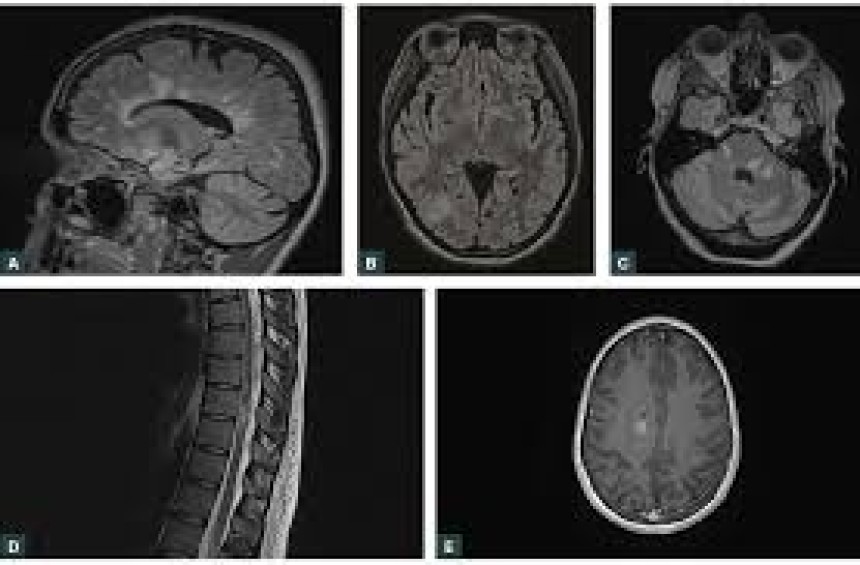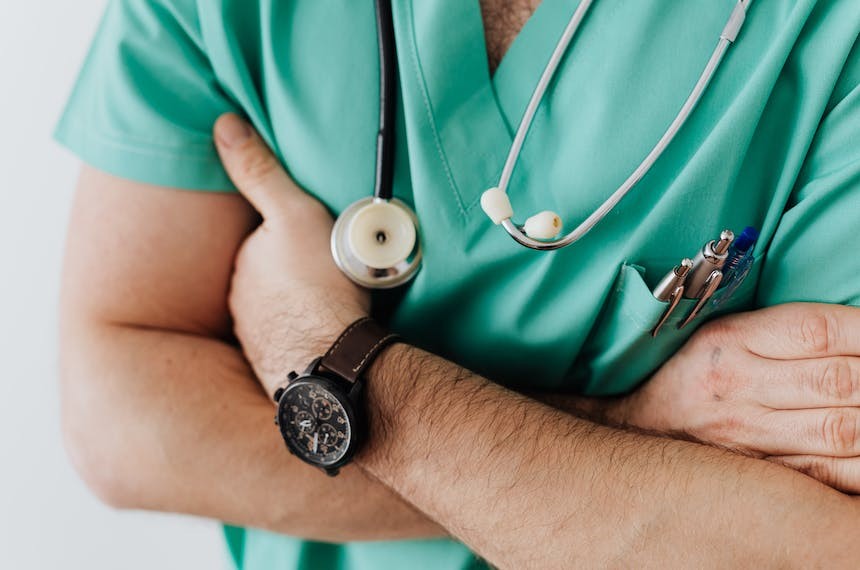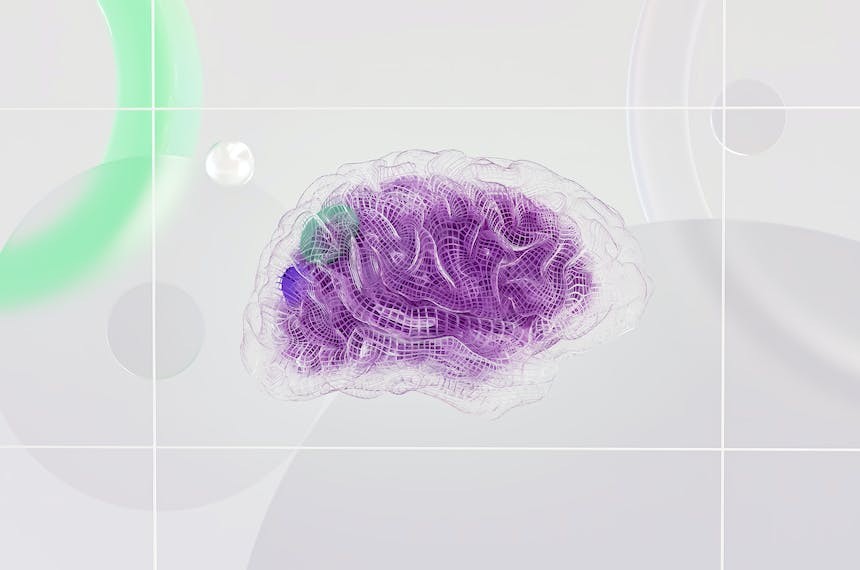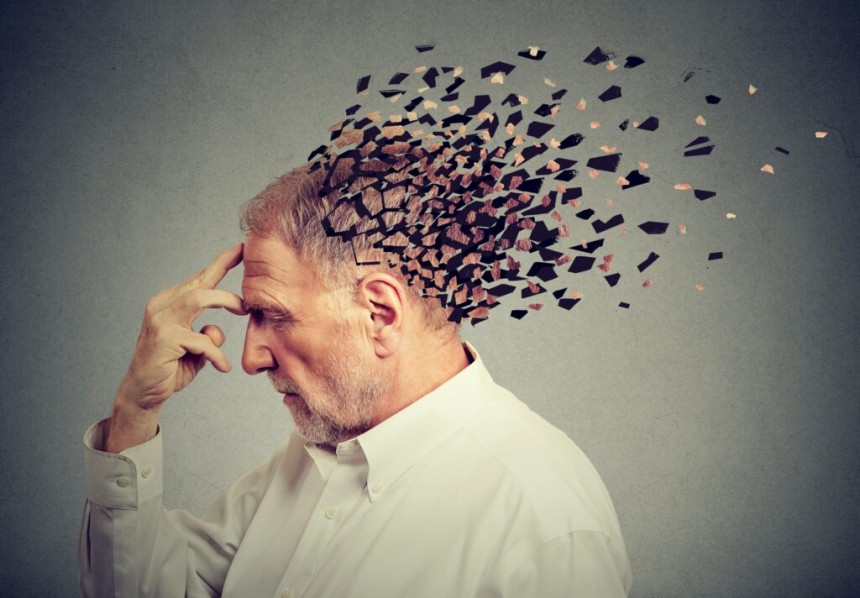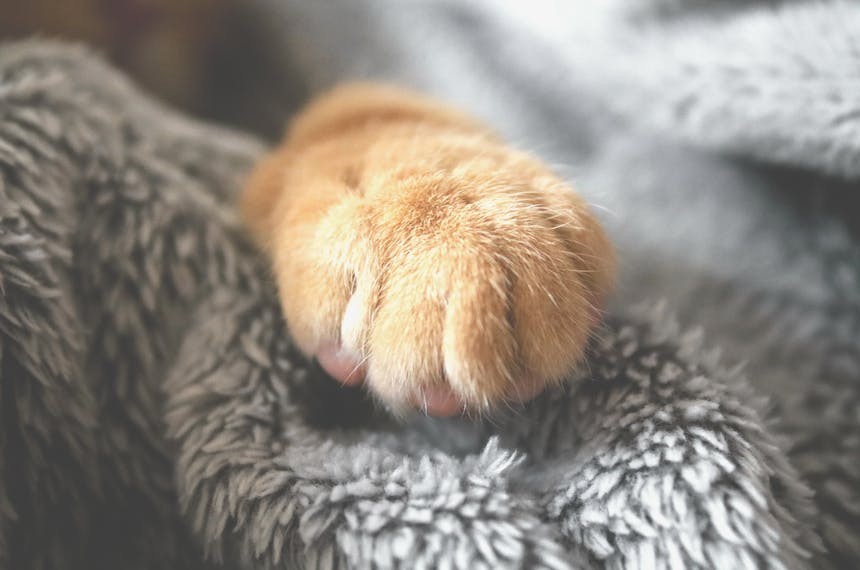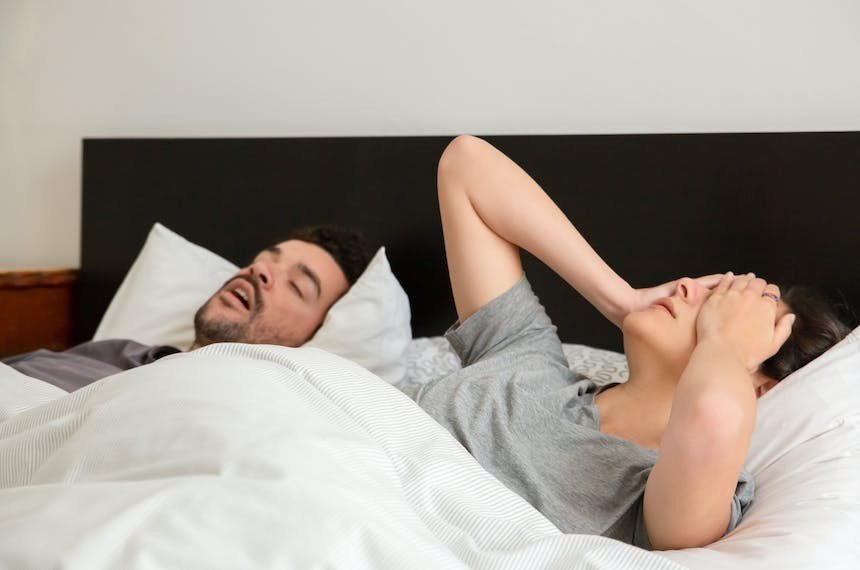
Obstructive sleep apnea
Obstructive sleep apnea (OSA) is common in obese men and characterized by symptoms like snoring and gasping during sleep. Diagnosis is confirmed through polysomnography. Treatment includes behavioral changes, such as weight loss and positional adjustments, and positive airway pressure therapy like CPAP. In severe cases, oral appliances or surgery may be considered. Patients should also be aware of the risks associated with untreated OSA, including daytime sleepiness and an increased risk of accidents.
Obstructive Sleep Apnea: Characteristics and Diagnosis
Obstructive Sleep Apnea (OSA) is marked by repeated collapse of the upper airway during sleep, leading to apnea, hypopnea, or respiratory effort-related arousal. Common in obese men, OSA can be exacerbated by smoking. Typical symptoms include snoring, choking, and gasping during sleep. Polysomnography is the definitive diagnostic test. (1, 2, 3)
Managing OSA: Goals and Primary Treatment
Management aims to alleviate OSA symptoms, enhance sleep quality, and normalize the apnea-hypopnea index (AHI) and oxyhemoglobin saturation levels. Initial treatment often involves behavioral modification and positive airway pressure. Oral appliances are an alternative for mild to moderate cases unresponsive to or intolerant of positive airway pressure. For severe cases with surgically correctable upper airway lesions, surgery may be considered. Patients should be informed about OSA's natural history and risks, including heightened accident risks due to untreated OSA. (4, 5)
Behavioral Modification in OSA Treatment
Behavioral modifications are recommended for most patients with OSA. Weight loss is encouraged in overweight or obese individuals. Positional changes during sleep can benefit those with positional OSA. Patients should also avoid alcohol and certain medications, like benzodiazepines, that can aggravate OSA. (6)
Positive Airway Pressure Therapy
Positive airway pressure, including CPAP, BPAP, and APAP, is a key treatment for OSA. It is typically covered by insurance when the AHI is ≥15 events/hour, or between 5 and 14 events/hour with associated symptoms or comorbidities. (7)
Oral Appliances as Alternative Treatment
Mandibular advancement devices and tongue retaining devices are viable alternatives for patients with mild to moderate OSA who don't respond to or opt against positive airway pressure therapy. (8)
Surgical Interventions in OSA
Surgical options like tonsillectomy or addressing craniofacial abnormalities may benefit patients with severe OSA not responsive to other therapies. Hypoglossal nerve stimulation is another option for select patients with moderate to severe OSA and a BMI <32 kg/m^2. (9)
Pharmacological Therapy for Residual Daytime Sleepiness
Modafinil or armodafinil can be prescribed as adjunctive therapy to address persistent excessive daytime sleepiness in patients adequately treated with positive airway pressure or oral appliances. (10)
References
1- Dyken ME, Im KB. Obstructive sleep apnea and stroke. Chest 2009;6:1668–1677.
2- Malow BA, Levy K, Maturen K, et al. Obstructive sleep apnea is common in medically refractory epilepsy patients. Neurology 2000;55:1002–1007.
3- American Academy of Sleep Medicine. International Classification of Sleep Disorders, 3rd ed, American Academy of Sleep Medicine, Darien, IL 2014.
4- Epstein LJ, Kristo D, Strollo PJ Jr, et al. Clinical guideline for the evaluation, management and longterm care of obstructive sleep apnea in adults. J Clin Sleep Med 2009;5:263–276.
5- Ramar K, Dort LC, Katz SG, et al. Clinical practice guideline for treatment of obstructive sleep apnea and snoring with oral appliance therapy: an update for 2015. J Clin Sleep Med 2015;11:773–798.
6-Tuomilehto H, Gylling H, Peltonen M, et al. Sustained improvement in mild obstructive sleep apnea after a diet- and physical activity-based lifestyle intervention: postinterventional follow-up. Am J Clin Nutr 2010; 92:688.
7- Basner R. Continuous positive airway pressure for obstructive sleep apnea. N Engl J Med 2007;356: 1751–1758.
8-Ngiam J, Balasubramaniam R, Darendeliler MA, et al. Clinical guidelines for oral appliance therapy in the treatment of snoring and obstructive sleep apnoea. Aust Dent J 2013;58:408–419.
9-Aurora RN, Casey KR, Kristo D. Practice parameters for the surgical modifications of the upper airways for obstructive sleep apnea in adults. Sleep 2010;33:1396–1407.
10-Chapman JL, Vakulin A, Hedner J, et al. Modafinil/armodafinil in obstructive sleep apnoea: a systematic review and meta-analysis. Eur Respir J 2016; 47:1420.

